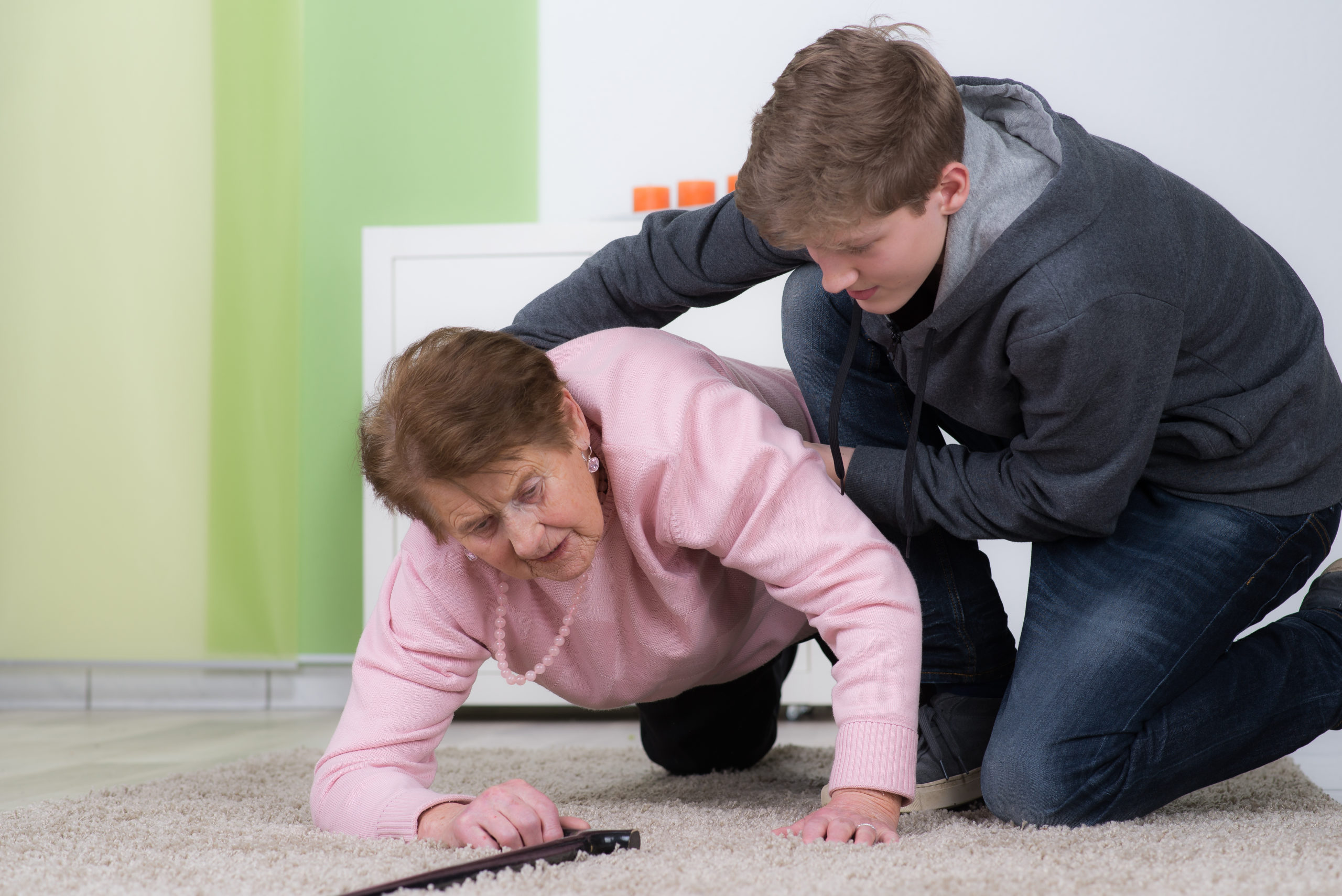Fall prevention can be as simple as doing some exercise. Consider activities like strolling, water workouts, or tai chi, a moderate exercise that incorporates slow and elegant dance-like motions, if your doctor approves. By focusing on building strength, balance, coordination, and flexibility, these exercises lower the chance of falling.
Telling your doctor that you avoid physical exercise because you’re scared may increase your chances of falling. He or she may suggest that you follow a carefully regulated exercise regimen or see a physical therapist. A physical therapist can design an exercise program for you that will help you improve your balance, flexibility, muscular strength, and gait.
Keeping the House Brightly Lit
Keep your house well-lit to prevent tripping over anything you can’t see. You can do so by incorporating features such as:
• Night lights in the bedroom, bathroom, and corridors.
• Keep a lamp near the bed in case it is needed in the middle of the night.
• Make sure there are no obstacles in the way of light switches that are not near the bedroom door. Consider using glow-in-the-dark or lighted switches instead of regular switches.
• Turn on the lights before going up or down the steps.
• Keep flashlights in easily accessible locations, in the event of power outages.
Removing Hazards at Home
Examine your surroundings. There might be dangers in the living area, kitchen, bedroom, bathroom, hallways, and stairwells, especially for those who are staying alone. To make your house safer, follow these steps:
• Boxes, newspapers, electrical cords, and phone cords should all be removed from pathways.
• Coffee tables, magazine racks, and plant stands should all be moved out of high-traffic areas.
• Remove loose rugs from your house or secure them using double-sided tape, tacks, or slip-resistant backing.
• Repair any loose hardwood flooring or carpets as soon as possible.
• Clothing, dishes, food, and other basics should all be kept within easy reach.
• Clean up any spilled liquids, grease, or food immediately.
• Use nonslip mats throughout the bathroom, including the shower areas. Consider using a bath seat while bathing.
Wearing the Correct Shoes
As part of the fall-prevention strategy, consider altering your footwear. You can slide, stumble, and fall in high heels, floppy slippers, and shoes with slick bottoms. Walking in your socks might also be dangerous. Instead, put on shoes that are well-fitted and with non-skid soles. Sensible footwear may also help to alleviate joint discomfort.
Using Assistive Devices
To maintain your stability, the doctor may advise you to use a cane or walker. Other assistive gadgets may also be useful. Consider the following adjustments to the home:
• Install handrails on both sides of the stairwell.
• Lay out non-slip treads for bare-wood steps.
• Use an elevated toilet seat or one with armrests and handrails.
• Install grab bars in the shower and bathtub.
• Use a durable plastic shower or tub seat together with a hand shower nozzle for showering, while seated.
• If required, request a referral letter from your doctor to see an occupational therapist. They can advise you with more fall-prevention techniques.
Some options are simple to implement and affordable, while others may necessitate the assistance of a professional or incur higher expenditure. If expense is an issue, keep in mind that investing in fall prevention is crucial and if avoided, the long-term costs could be far greater.







